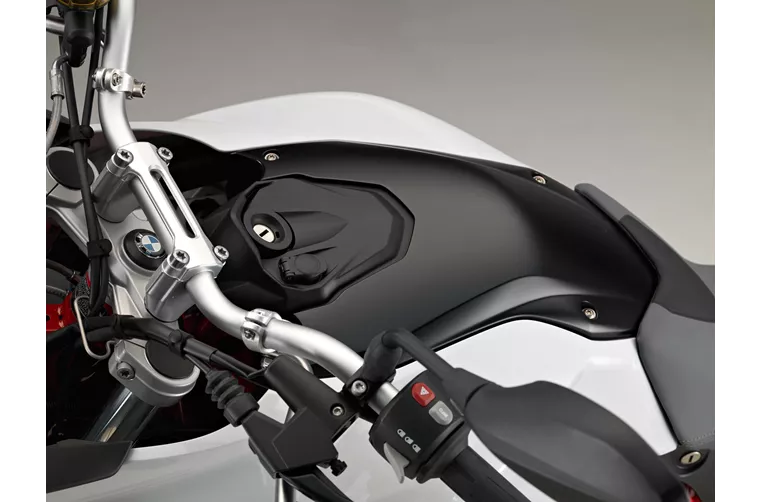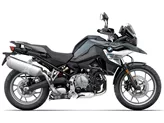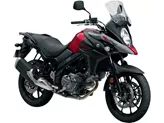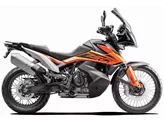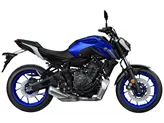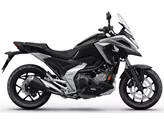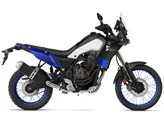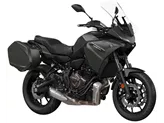BMW F 700 GS 2016 vs. Triumph Tiger 800 XC 2015
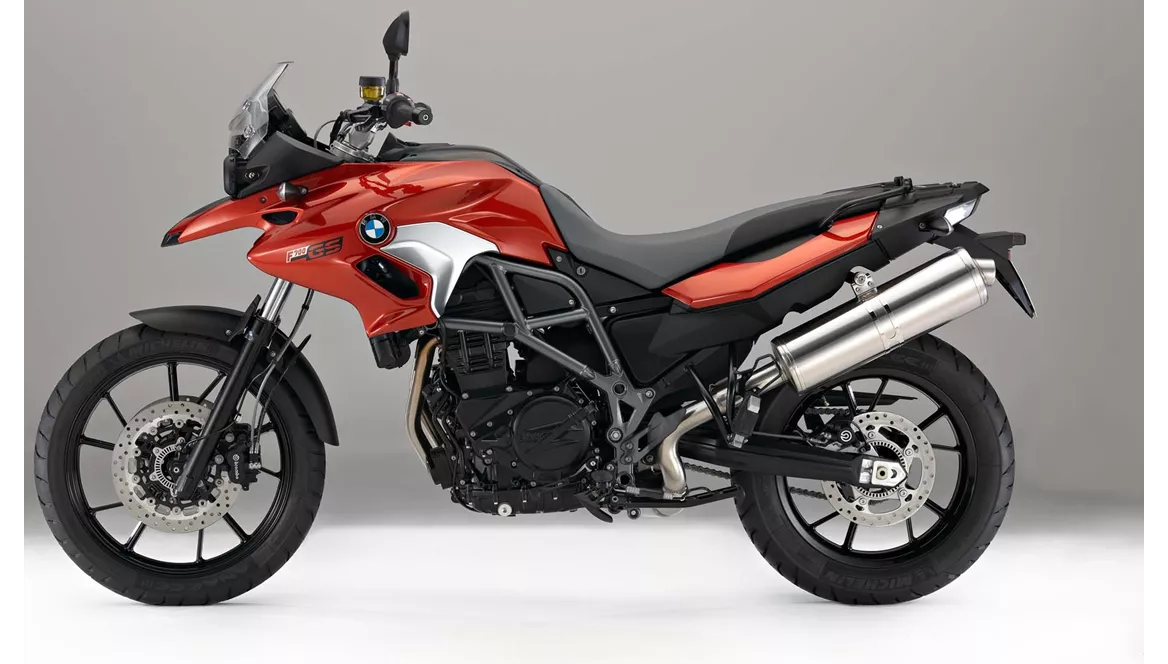
BMW F 700 GS 2016

Triumph Tiger 800 XC 2015
Technical Specifications BMW F 700 GS 2016 compared to Triumph Tiger 800 XC 2015
Pros and Cons in comparison
Pros and Cons in comparison
BMW F 700 GS 2016
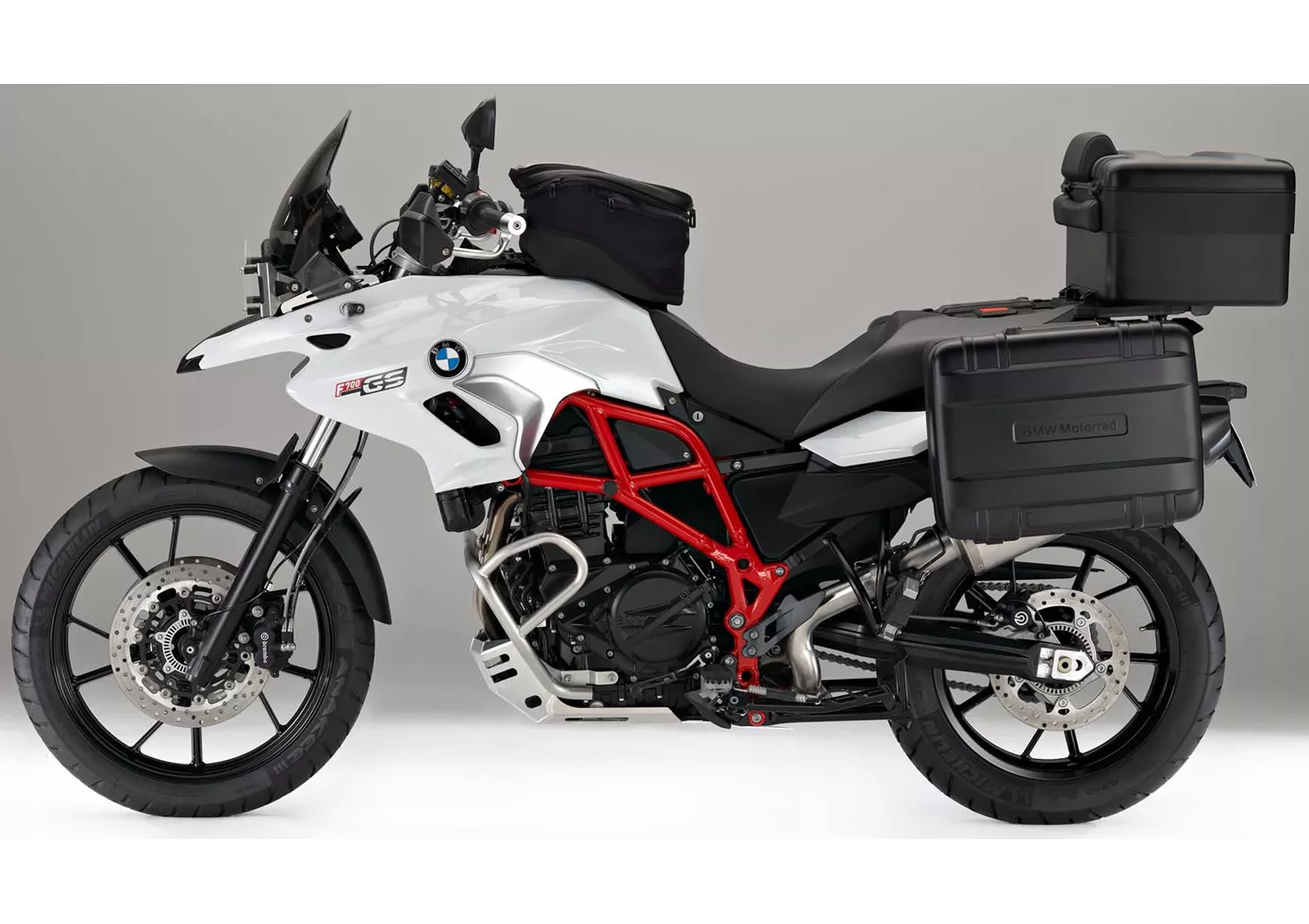
The smaller of the two F GS sisters, the F 700 GS convinces with a successful overall performance. It looks like its big sister, but at its core it is more of a lively naked bike than a big enduro. The fact that the bike has outgrown the entry-level segment can be seen in the braking system - with two brake discs at the front, it is on a par with its big 800 sister and now decelerates just as confidently. In terms of the chassis, it convinces with good suspension comfort and at the same time a firm set-up in tight bends. Upgrading is never a problem with BMW; in addition to traction control, there is also the electronic suspension ESA for the F 700 GS.
Triumph Tiger 800 XC 2015

The new edition of the Tiger 800 XC can be considered quite successful. Even the "conventional" version can do much more than its predecessor thanks to the ride-by-wire system and standard traction control and ABS (both can be switched off). However, if you want to venture off-road more often, which is definitely what the designers had in mind thanks to the large wheels and spoke rims, you should choose the Tiger 800 XCx, which costs just under 1000 euros more. Thanks to the freely selectable riding modes, the x-version can be optimally tuned to the respective terrain. In addition, there is an engine guard, self-resetting turn signals, cruise control, main stand, underride protection, an additional 12V socket and hand protectors - which probably more than justifies the extra charge.
